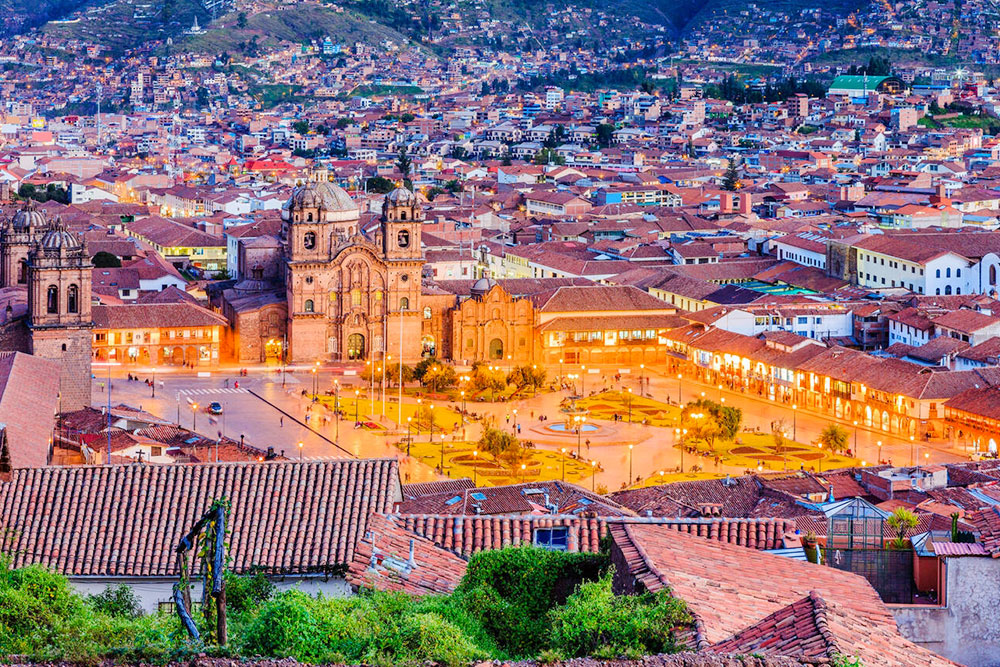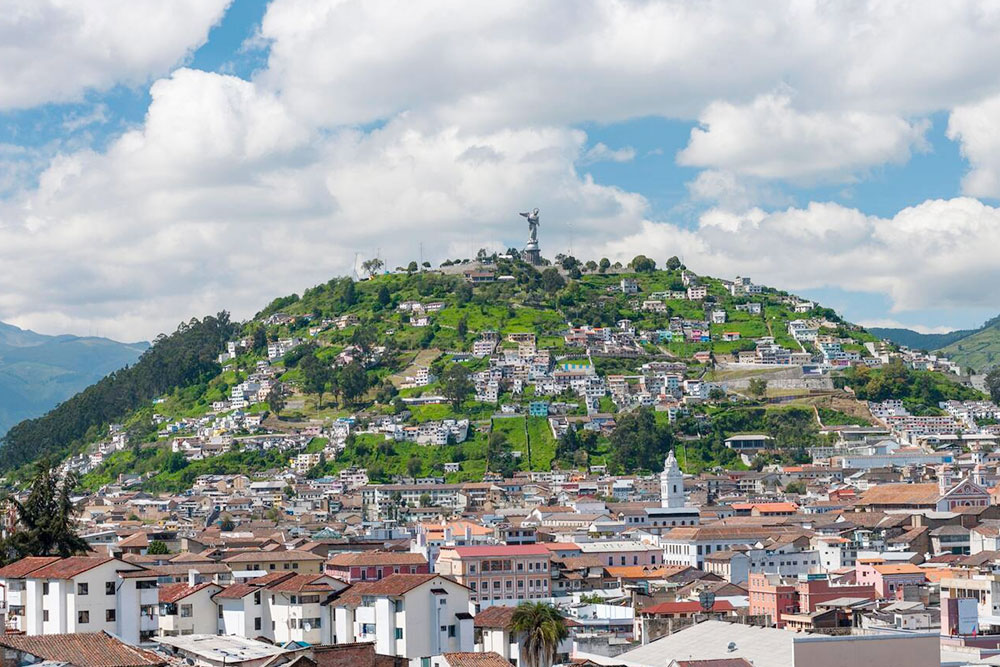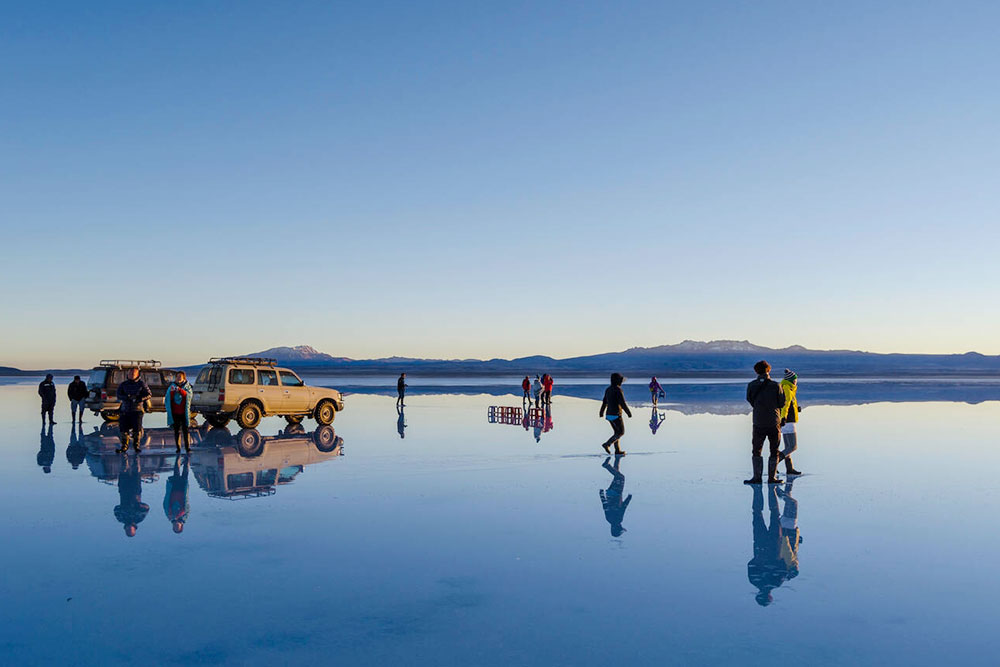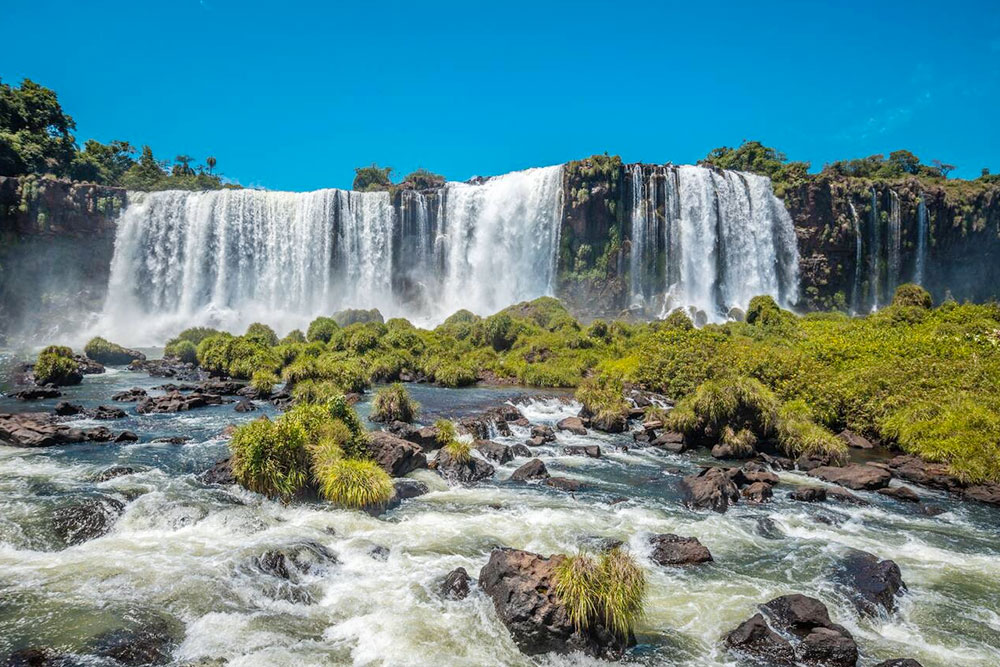Planning a trip to South America but on a budget? Timing your visit can significantly reduce your travel expenses. Choosing the right season allows you to enjoy lower airfare, discounted accommodations, and fewer crowds at popular attractions.
Whether you’re drawn to vibrant cities, stunning landscapes, or rich cultural experiences, knowing when to travel is key to maximizing your savings. This article explores the optimal times to visit South America, ensuring you get the best value for your money without compromising the adventure.
Cheapest Time to Visit South America in 2025

The cheapest time to go to South America is generally during the shoulder seasons: spring (September to November) and autumn (March to May). These months fall outside the peak tourist season (summer in the Southern Hemisphere, December to February) and offer lower prices on flights and accommodations.
Here’s a breakdown of the seasons in South America and how they affect travel costs:
- Summer (December – February): This is the peak tourist season in most of South America, except the southernmost regions like Patagonia, which is best visited during the summer months. Prices for flights and accommodations will be at their highest during this time.
- Autumn (March-May): Autumn is a great shoulder season to visit South America. The crowds start to thin out, and the weather is still pleasant in most places. You can find good deals on flights and accommodations during this time.
- Winter (June – August): Winter is the low season in most of South America, except for the Amazon rainforest, which is a good time to visit to avoid the crowds. Prices for flights and accommodations will be at their lowest during this time, but some businesses and attractions may be closed.
- Spring (September – November): Spring is another excellent shoulder season to visit South America. The weather is warming up, and the crowds haven’t arrived yet. You can find good deals on flights and accommodations during this time.
Of course, the cheapest time to travel to South America will also depend on your specific destination. Some countries, like Bolivia and Paraguay, are generally more affordable than others, like Brazil and Argentina.
Pros & Cons of Traveling to South America During the Cheapest Time

Pros
- Budget-friendly: Flights, accommodations, and tours are generally significantly cheaper during the shoulder seasons. This allows you to stretch your travel dollars further and experience more on your trip.
- Fewer Crowds: Popular tourist destinations will be less crowded, making it easier to navigate, explore at your own pace, and avoid long lines at attractions.
- Pleasant Weather: Spring and Autumn often offer comfortable temperatures across much of South America, avoiding the extremes of summer heat or winter chills (depending on the region).
- Unique Experiences: You might encounter local festivals or events specific to the shoulder seasons, offering a glimpse into authentic South American culture.
Cons
- Limited Availability: Due to lower demand, some tours, activities, and accommodations might be limited. Booking in advance is crucial.
- Variable Weather: Spring and Autumn can be transitional seasons with occasional rain showers or unpredictable weather patterns. When packing, be prepared for a broader range of conditions.
- Shorter Days: Depending on your destination, daylight hours could be shorter during the shoulder seasons, impacting your sightseeing time.
- Potential Closures: During the shoulder seasons, some businesses or attractions, particularly in more remote areas, might have reduced hours or be closed entirely.
Cheapest Countries & Attractions to Visit in South America in 2025

1. Bolivia: Salar de Uyuni (Bolivia)
At an elevation of over 3600 meters, Salar de Uyuni is the world’s largest salt flat and a spectacular sight to behold. Explore the vast expanse on a jeep tour, visit the Isla Incahuasi cactus island, and marvel at the mirrored reflections during the rainy season.
2. Paraguay: Iguazu Falls (Paraguay/Argentina/Brazil border)
Witness the awe-inspiring Iguazu Falls, a UNESCO World Heritage Site, where over 270 waterfalls cascade down the border between Paraguay, Argentina, and Brazil. Hike along the trails for different perspectives, take a boat ride to get up close to the falls, or enjoy the panoramic views from the top.
3. Peru (excluding Machu Picchu): Cusco (Peru)
Cusco, the ancient capital of the Inca Empire, is a fascinating city steeped in history and culture. Explore the Plaza de Armas, the Qorikancha Temple, and the Sacsayhuaman fortress. Cusco is also a great jumping-off point for exploring the Sacred Valley and the Inca Trail to Machu Picchu.
4. Ecuador: Quito (Ecuador)
Quito, Ecuador’s capital city, is nestled high in the Andes Mountains at an elevation of over 2800 meters. Explore the historic center, a UNESCO World Heritage Site, with its cobblestone streets, grand churches, and colonial architecture. Take a ride on the Teleferico for breathtaking views of the city and surrounding volcanoes.
5. Colombia: The Lost City (Colombia)
Trek through the lush jungles of the Sierra Nevada Mountains to discover the Lost City, an ancient pre-Columbian archaeological site hidden in the rainforest. The trek offers stunning scenery, a unique glimpse into history, and a rewarding sense of accomplishment upon reaching the Lost City.
6. Argentina (excluding Patagonia): Buenos Aires (Argentina)
Buenos Aires, Argentina’s vibrant capital city, is known for its European flair, passionate tango culture, and delicious cuisine. Explore the colorful La Boca neighborhood, stroll down the wide Avenida 9 de Julio, and indulge in a steak dinner at a traditional parrilla.
7. Chile (excluding the Atacama Desert): Torres del Paine National Park (Chile)
Torres del Paine National Park in Chilean Patagonia offers stunning scenery with snow-capped mountains, glaciers, turquoise lakes, and abundant wildlife. Hike through the park, kayak on the lakes, or embark on a multi-day camping trip to immerse yourself in the wilderness.
8. Brazil (excluding major cities): The Amazon Rainforest (Brazil)
The Amazon Rainforest, the world’s largest rainforest, is a vast and diverse ecosystem teeming with life. Explore the rainforest by boat, spot wildlife like monkeys, sloths, and caiman, and learn about the indigenous cultures that call this region home.
9. Uruguay: Colonia del Sacramento (Uruguay)
Colonia del Sacramento, a charming town on the coast of Uruguay, boasts a well-preserved historic quarter with cobbled streets, colorful buildings, and Portuguese colonial architecture. Explore the Barrio Histórico, relax on the affordable beaches, and savor the laid-back atmosphere of this delightful town.
10. Guyana: Kaieteur Falls (Guyana)
Kaieteur Falls, located in Guyana’s Kaieteur National Park, is one of the world’s highest waterfalls by volume. Witness the power and beauty of this cascading giant as it plunges over 226 meters into a deep gorge surrounded by lush rainforest.
Additional Tips to Save Your Money During Your Tour in South America

- Be a Savvy Eater: Indulge in delicious and affordable street food from local vendors. Sample fresh produce and regional specialties at markets. Skip expensive restaurants in tourist areas and opt for local eateries, or try self-catering in hostels with kitchens.
- Embrace Public Transportation: Buses and trains are a budget-friendly way to get around South America. Night buses can help you save on accommodation costs while traveling between cities. Consider purchasing travel passes for unlimited rides on public transportation systems in major cities.
- Become a Hostel Hero: Hostels offer affordable dorm beds and private rooms, perfect for solo travelers or those looking to meet fellow adventurers. Many hostels have common areas, kitchens, and laundry facilities, allowing you to save on meals and laundry services.
- Pack Light and Right: Avoid baggage fees by packing only what you need. Opt for versatile clothing that can be layered for different climates. Consider doing laundry on the go instead of packing multiple clothes.
- Walk Whenever Possible: Walking is a great way to save money on transportation and see a destination from a local’s perspective. Explore charming neighborhoods, discover hidden gems, and soak up the atmosphere on foot.
- Learn Basic Spanish: A little Spanish goes a long way, especially in less-traveled areas. Learning basic phrases will help you communicate with locals, bargain at markets, and navigate public transportation. You’ll find many Spanish-speaking resources online and mobile apps to help you learn on the go.
Frequently Asked Questions
To save on accommodations in South America, book during the off-peak season, use comparison websites and consider staying in hostels or budget hotels.
Yes, flights to South America are generally cheaper on Tuesdays and Wednesdays. Booking your trip on these days can help you save on airfare.
Booking flights to South America in advance, especially 2-3 months prior, often yields better deals than last-minute bookings, which can be more expensive.
Bolivia, Ecuador, and Peru are budget-friendly destinations in South America. These countries offer affordable accommodations, food, and transportation.












